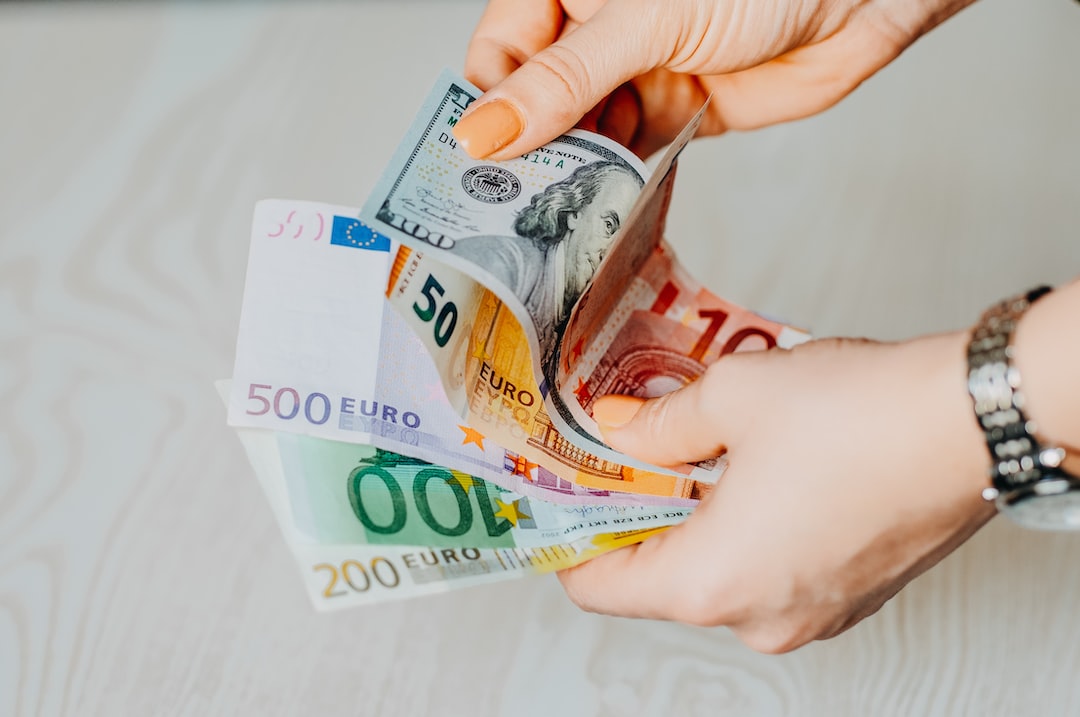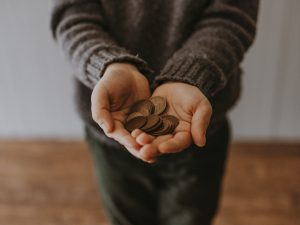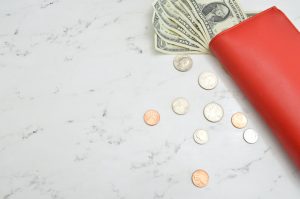Backtesting is a process that involves testing a trading strategy on historical data to evaluate its performance. In forex trading, backtesting is an essential tool that traders use to assess the effectiveness of their trading strategies. It allows them to simulate trading scenarios and analyze how the strategies would have performed in the past.
The primary objective of backtesting is to identify the strengths and weaknesses of a trading strategy. By testing a strategy on historical data, traders can determine how it would have performed in different market conditions. They can also evaluate the strategy’s risk-reward ratio, drawdowns, and win-loss ratio.
The process of backtesting involves several steps. Firstly, the trader needs to identify a trading strategy that they want to test. They then need to gather historical data for the currency pair they want to trade. The historical data may include price charts, trading volumes, and other relevant market data.
Once the trader has collected the historical data, they need to input it into a backtesting software program. There are various backtesting software programs available, and traders can choose the one that suits their requirements. The software program will then run the trading strategy on the historical data and produce a report detailing the strategy’s performance.
The report generated by the backtesting software will provide valuable insights into the trading strategy’s performance. The report will include data such as the number of trades executed, the win-loss ratio, the average profit per trade, and the maximum drawdown. The trader can use this data to evaluate the effectiveness of the trading strategy and make any necessary adjustments.
Backtesting can also help traders to optimize their trading strategies. By testing different variations of the same strategy on historical data, traders can identify the most effective version of the strategy. They can then use this optimized version for live trading.
Backtesting is not a perfect science, and there are some limitations to the process. One of the main limitations is that historical data may not accurately reflect current market conditions. Market conditions are constantly changing, and historical data may not take into account significant events that occurred in the past.
Another limitation of backtesting is that it does not account for slippage and other trading costs. In live trading, traders may experience slippage, which is the difference between the expected price of a trade and the actual price at which the trade is executed. Backtesting does not account for slippage, and as a result, the performance of a trading strategy in backtesting may not accurately reflect its performance in live trading.
In conclusion, backtesting is an essential tool for forex traders. It allows them to evaluate the effectiveness of their trading strategies and optimize them for live trading. However, traders should be aware of the limitations of backtesting and use it as a complementary tool to their trading analysis. Traders should also ensure that they use reliable historical data and backtesting software programs to ensure accurate results.






